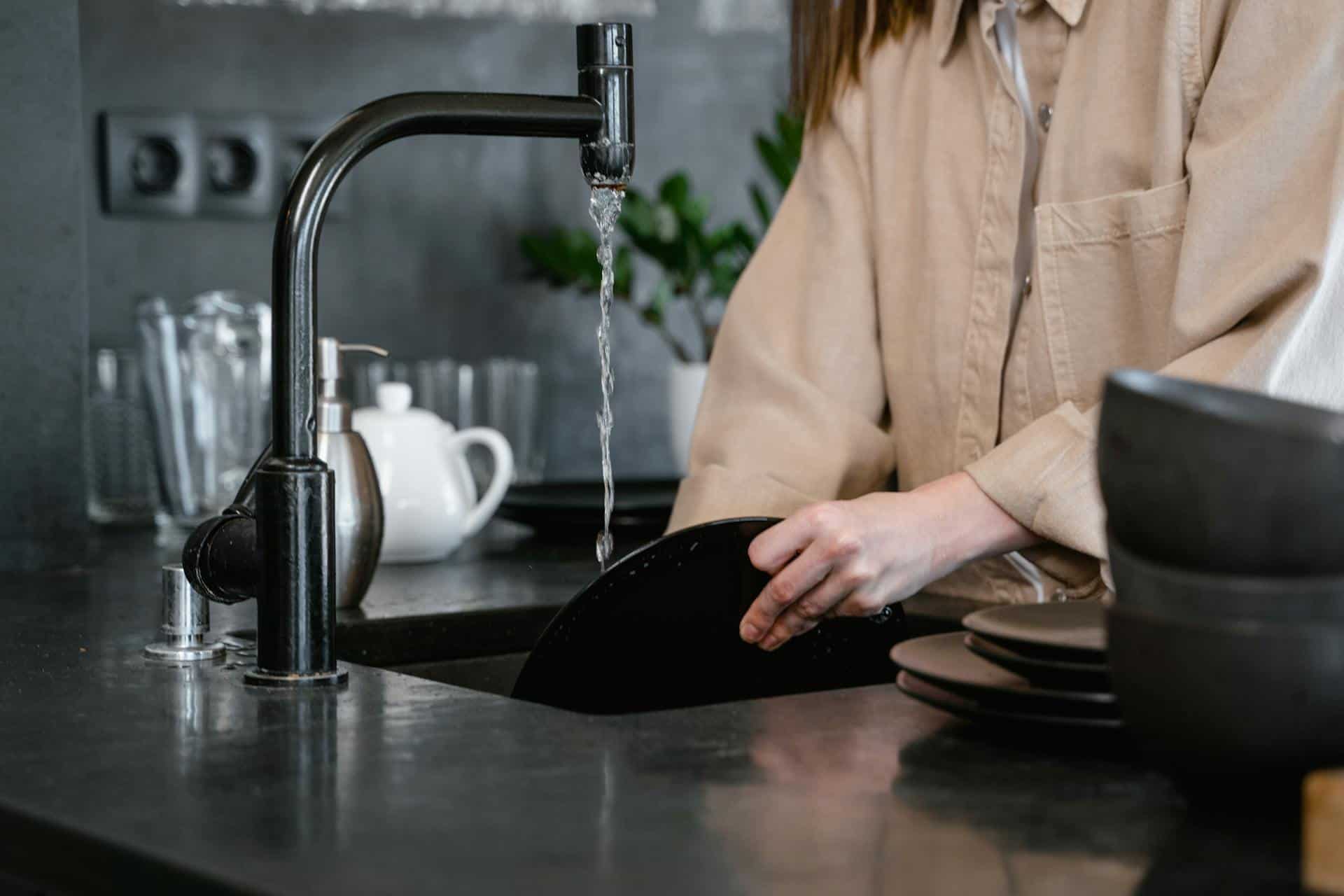
Question: What is the Best Sealant for Kitchen Sink Drains?
Answer: The best sealant for kitchen sink drains depends on the material. For metal sinks and drains, plumber’s putty is preferred. For PVC or plastic, silicone sealant designed for plumbing is best.
Choosing the Right Sealant for Your Kitchen Sink Drain
A leaky kitchen sink drain creates a frustrating mess. A proper sealant fixes this problem and prevents future leaks. This article explores various sealant options, helping you choose the best one for your kitchen sink drain.
Plumber’s Putty: A Reliable Choice
Plumber’s putty, a pliable, clay-like material, forms a watertight seal around drain components. It remains soft, allowing for adjustments during installation. Plumber’s putty works well for various sink materials, including porcelain, stainless steel, and cast iron. Apply putty to the sink’s underside, creating a ring around the drain opening. Press the drain flange firmly into the putty, ensuring a complete seal. Remove excess putty with a cloth. Plumber’s putty offers a simple, cost-effective solution for sealing kitchen sink drains.
Click here for more information on cabinet refacers in Toronto
Related Article: How Far Can a Kitchen Sink Drain Run Horizontally?
Related Article: Can a Kitchen Sink And Toilet Share a Drain?
Teflon Tape: For Threaded Connections
Teflon tape, also known as PTFE tape, creates a tight seal on threaded pipe connections. It prevents water from leaking through the threads. Teflon tape works well for sealing drain tailpieces and other threaded parts. Wrap the tape around the male threads in a clockwise direction. Ensure the tape covers all threads. Hand-tighten the connection, completing the seal. Teflon tape provides a quick and effective solution for sealing threaded drain connections.
Understanding the Drain Assembly
A basic understanding of your drain assembly helps choose the right sealant. The drain assembly consists of several parts, including the drain flange, tailpiece, and trap. The drain flange sits on the sink’s top surface. The tailpiece connects the flange to the P-trap. The P-trap prevents sewer gases from entering the home. Each connection point in the drain assembly might require a different type of sealant.
Factors Affecting Sealant Choice
Several factors influence your sealant choice. Material compatibility matters; select a sealant compatible with your sink and drain materials. Consider the project’s scope. For minor repairs, plumber’s putty or Teflon tape might suffice. For larger projects, silicone sealant provides a more durable solution. Consider the sealant’s application method. Some sealants require specialized tools, while others require only simple hand application. Lastly, consider the sealant’s drying time. Some sealants cure quickly, while others require several hours.
Troubleshooting Common Sealant Issues
Even with proper installation, sealant issues can arise. If a leak persists after applying sealant, ensure the mating surfaces are clean and dry. Old, dried sealant can interfere with a new seal. Remove old sealant before applying new sealant. Over-tightening drain connections can damage the sink or drain components. Tighten connections snugly, but avoid excessive force. If you continue to experience leaks, consult a qualified plumber.
Conclusion
Selecting the right sealant ensures a watertight seal and prevents future problems. Consider your sink’s material, project size, and application method when choosing a sealant. By understanding these factors, you can effectively seal your kitchen sink drain and keep your kitchen dry. [ 1 ]
References
1. https://siliconedepot.com/blog/choosing-the-right-sealant-for-new-sink-installation/

Blue Malue Get in touch with Blue here.
